The Art Beat critic recalls his top 12 art exhibits for 2021
- Oops!Something went wrong.Please try again later.
As 2021 comes to an end, it is clear that the challenges brought on by the pandemic have impacted all our cultural institutions, from movie theaters and concert venues to major museums, independent galleries and college art spaces.
Canceled or delayed art openings, appointment viewing, virtual visitations, and exhibitions that remained up much longer than originally planned have all transformed the way viewers (and critics) engage with culture. With seemingly unending covid variants, it may be this way for the foreseeable future.
But to paraphrase Jeff Goldblum’s Dr. Malcolm in “Jurassic Park” — “Art finds a way.” The SouthCoast art community still mounted some excellent exhibitions in 2021. Here are the top 12:
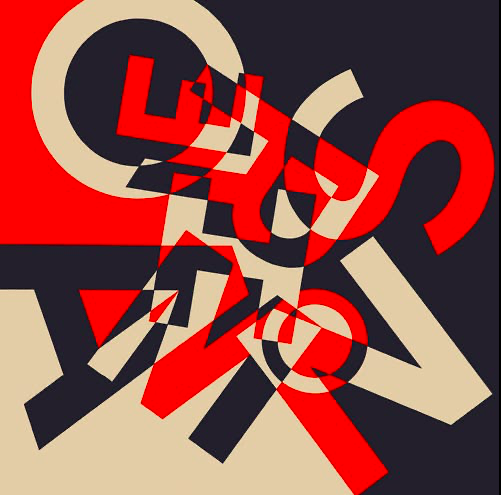
12: “Norman Ives: Constructions and Reconstructions” at the CVPA Campus Gallery, UMass Dartmouth. The comprehensive survey of the influential mid-century graphic designer Norman Ives was a playful and dazzling celebration of letterforms and negative space. Whether working in collage, bas relief, or with paint, Ives was a choreographer of the elements of text. A superb example was the three-color serigraph called “Centaur” in which the letters do not, in any way, spell the word centaur. But the magic is the mingling of the forms.
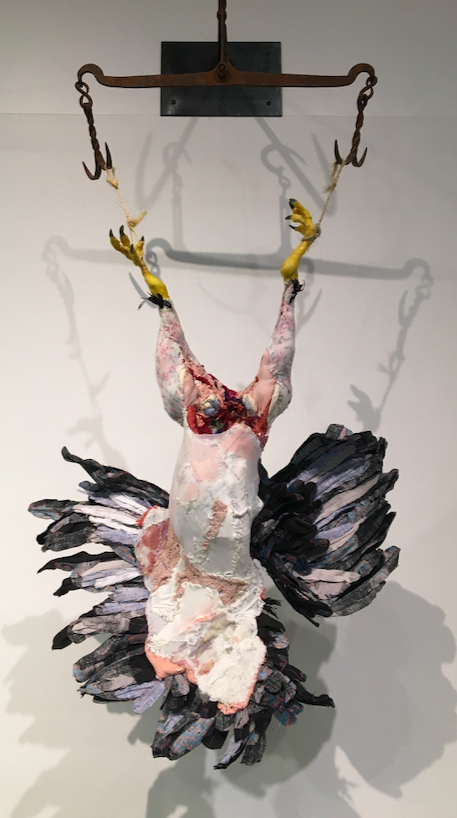
11. “Tamara Kostianovsky: Savage Legacy” at the Fuller Craft Museum. Kostianovsky’s soft sculpture offered a kind of carnal knowledge. However, the carnality did not speak to sexuality, but rather the primal desire to consume the flesh of animals. Without flinching, finger-wagging or mercy, she displayed fabric versions of animal carcasses, gutted creatures and dangling pheasants, geese and other game birds. Her faux fabric taxidermy was a bit repulsing while being absolutely enthralling.

10. “The Artwork of David R. Mello” at the Narrows Center for the Arts. A professional storyteller, Mello’s sculptures and paintings are derived from tales of the Bible and the classical mythologies of ancient Greece, Rome, Japan and other cultures. Handsomely rendered, the evocative images and three-dimensional works could be understood as morality tales presented as charming tableaux, children’s book illustrations for grown-ups. His paintings of Icarus of Greek myth and the sorcerer Simon Magus of the Old Testament reveal a common theme: the hubris of man is indeed foolhardy.

9. “The Moby Show: A Whale’s Tale” at Gallery X. For a period spanning over three decades, New Bedford’s oldest running gallery has presented many exhibitions on the waterfront, seascapes and other nautical themes, but somehow in those 30+ years, there had not been a show devoted specifically to Moby Dick until last summer. With dozens of artists participating, it was a love letter to the great white whale, Captain Ahab and Herman Melville. Among the highlights were Wanda Medina’s sweet black-and-white image “Queequeg’s Sister, framed by antique doilies, and Maki Mark Carvahlo’s sprayed painted canvas depiction of Gregory Peck as the peg legged whaling captain.

8. “Fall River Boys” at the Fall River Museum of Contemporary Art. As part of FRMoCa’s “Group Exhibition #2,” there was a display of black-and-white silver gelatin prints by the Chicago-born photographer Richard Renaldi in the large pristine gallery. The remarkable set of images were taken between 2001 and 2008 and known collectively as “Fall River Boys.” The photographs were stark, simple and engaging portraits of young men (and a young woman or two) in that twilight moment where one senses a shift in self and endless possibilities. While the cars, the clothing and the attitude were of a particular era , the photos evoked the timelessness of adolescence.
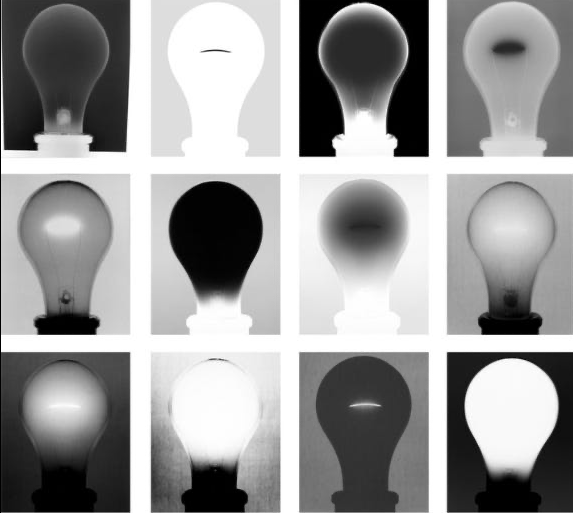
7. “Amanda Means: Light Years” at the University Art Gallery, UMass Dartmouth. In her first retrospective, photographer Amanda Means exhibited a number of her “camera-less” images. They were created entirely in the darkroom by, for example, inserting leaves into an enlarger and projecting them directly onto photosensitive paper. The translucency of the leaves paved the way to the exploration of light passing through other objects, including light bulbs and glasses of water. In her greatly enlarged photographs, mundane things- the veins of a leaf, the droplets on a tumbler or the filament within a bulb- became mythic.

6. “Reckoning: Uncomfortable Realities from Our Collective Past and Recent Experiences” at the Dartmouth Cultural Center. If art can be considered the repository of a society’s collective memory, “Reckoning” was a nagging memory, an absolute insistence that you had better not forget. Featuring the painters Ron Fortier and Stephen Remick, the exhibition presented imagery that left some viewers reeling, some in tears and some incensed. Fortier took on the plague of violent racism, depicting unapologetically blunt images of the May 1921 fire bombing of Greenwood, a black neigborhood in Tulsa. Remick took on the plague of…well, the plague. His series depicts the exhausted health care workers, their skin raw and their emotions even more so, as they cope with the battle against covid and conspiracy theorists.
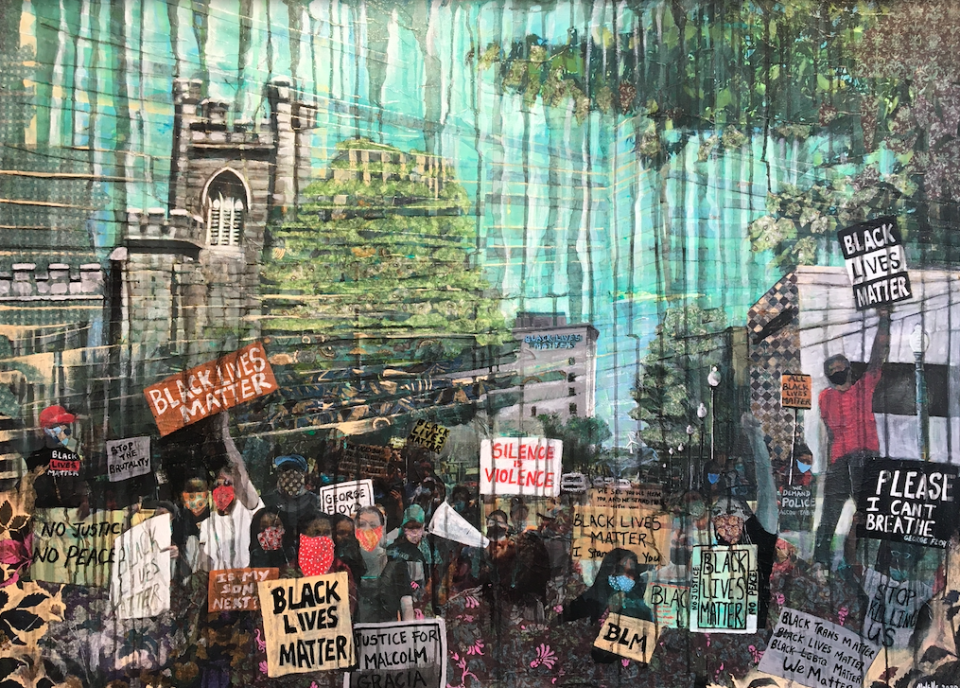
5. “In the Neighborhood'' at the New Bedford Whaling Museum. Displaying in NBWM’s Braitmayer Gallery, Alison Wells latest paintings and collages revealed her to be a keen observer of the human condition, with social, political, historical, emotional and spiritual layers simmering right below the surface.The exhibition included images of neighborhoods of tenements and of Acushnet Avenue, New Bedford’s longest and busiest street, with its Portuguese cafes, package stores and majestic Catholic churches. But in this show, Wells revealed her masterpiece. “Protest on Union” whichwas boldly of the moment, depicting a crowd of demonstrators with signs: Black Lives Matter, Please I Can’t Breathe, No Justice No Peace. But boldness alone is not art. The beauty of that image makes it so.
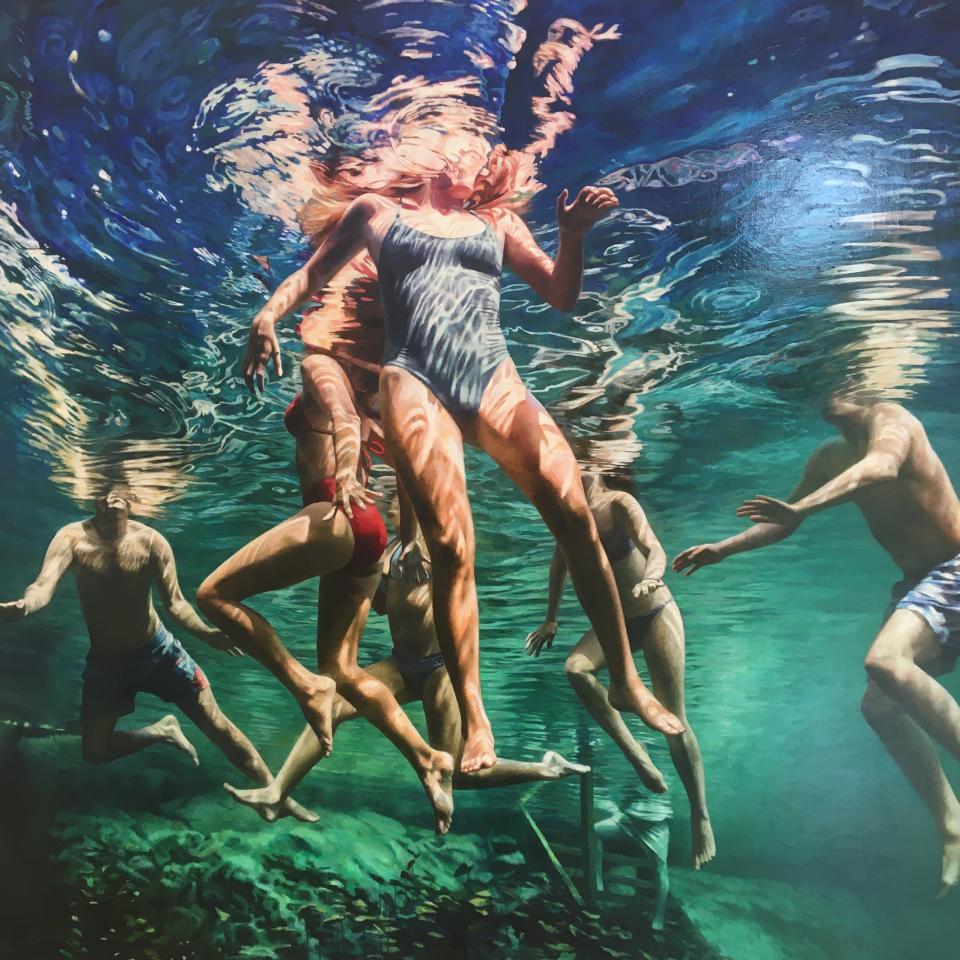
4. “New Paintings by Anne Leone & Daniel Ludwig” at the Dedee Shattuck Gallery. Anne Leone showed a series of five large scale paintings of swimmers in pools, seemingly from the vantage point of a viewer below them, their heads unseen. Her work is photorealistic but the way she allows light to bounce off the surface and dance around the swimmers, it becomes an abstraction of refraction. Her husband Daniel Ludwig displayed figurative paintings that touched on elements of mythology, such as a naked woman in the woods appearing as a dryad. Another woman wears a swimsuit and sits in an easy chair, as confident as Hera on her throne. Both artists elevated the everyday to the extraordinary.
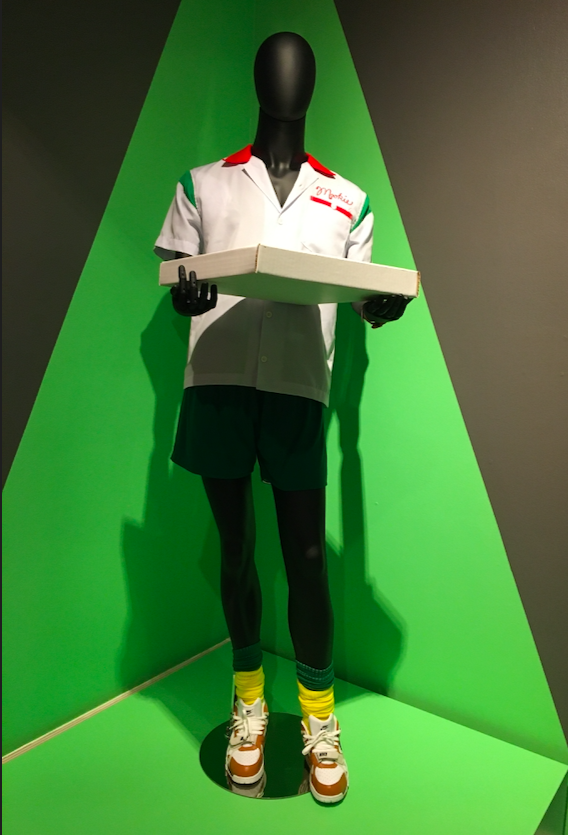
3. “Uncommon Threads: The Work of Ruth E. Carter” at the New Bedford Art Museum. Carter was the 2019 Academy Award winner for Best Costume Design, for “Black Panther.” Although none of the costumes from that Marvel superhero movie were displayed, the exhibition showcased her works from a number of other films, including the pizza delivery outfit worn by Spike Lee in “Do the Right Thing” and a flamboyant dress worn by Oprah Winfrey in the 2014 film “Selma.” The connective thread that ran through the exhibition was Carter’s devotion to the tales of real-life and fictional Africans and Black-Americans through the focus of costuming. She straddled the intersection of American history and pop culture with brilliant aplomb.

2. “Marc St. Pierre: Black & White” at the University Art Gallery, UMass Dartmouth. St. Pierre, who passed away in December 2019, was honored with an exhibition that was devoid of color. All the work was black and white and shades of grey. His prints, collages and encaustics are generally considered non-objective as he did not usually “depict” anything in the usual sense of the term. But it would be a mistake to say his work was without narrative. Certain elements continually resserted themselves: grids, imaginary aerial views, crude topography and a mysterious squiggle that folds back on itself. His “Metropolis,” which some would call abstract, suggested apartment windows, storefronts and even a fire escape. Even the title of that piece was a wink-wink, nod-nod preemptive answer to what it was really all about.

1. “A Wild Note of Longing: Albert Pinkham Ryder and a Century of American Art” at the New Bedford Whaling Museum. A dream team of curators was assembled to bring dozens of Ryder’s paintings (borrowed from many institutions, including the Metropolitan Museum of Art, the Brooklyn Museum, the National Gallery of Art and many others) to New Bedford, where he was born in 1847. The exhibition was a remarkable undertaking that displayed some of his best known works such as 1887’s “Flying Dutchman.” Notably absent was “The Race Track (Death on a Pale Horse)” but it did not lessen the importance of this history-making show. Alongside Ryder, the museum displayed works by numerous artists that were influenced by “the father of American modernism,” including Thomas Hart Benton, Jackson Pollock and Nathaniel Pousette-Dart. It was an exhibition that can rightly be called a tour de force.
This article originally appeared on The Herald News: Art Beat critic takes a look back on the arts in 2021

